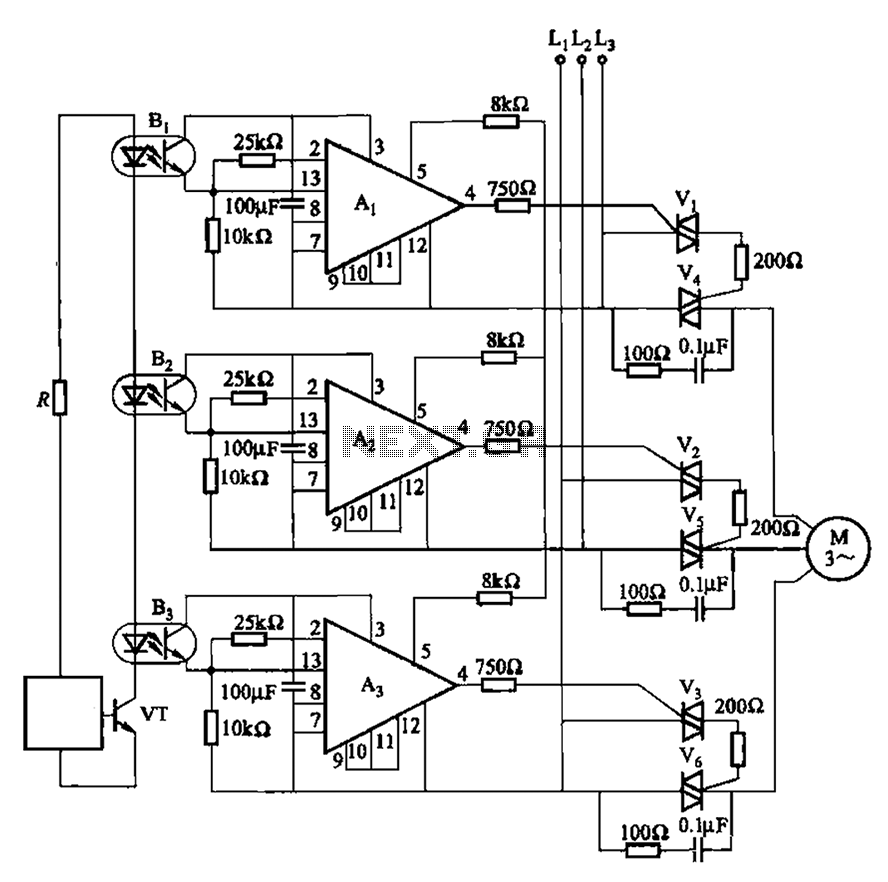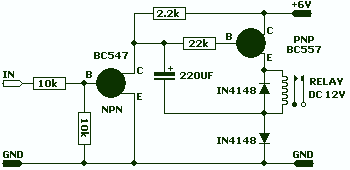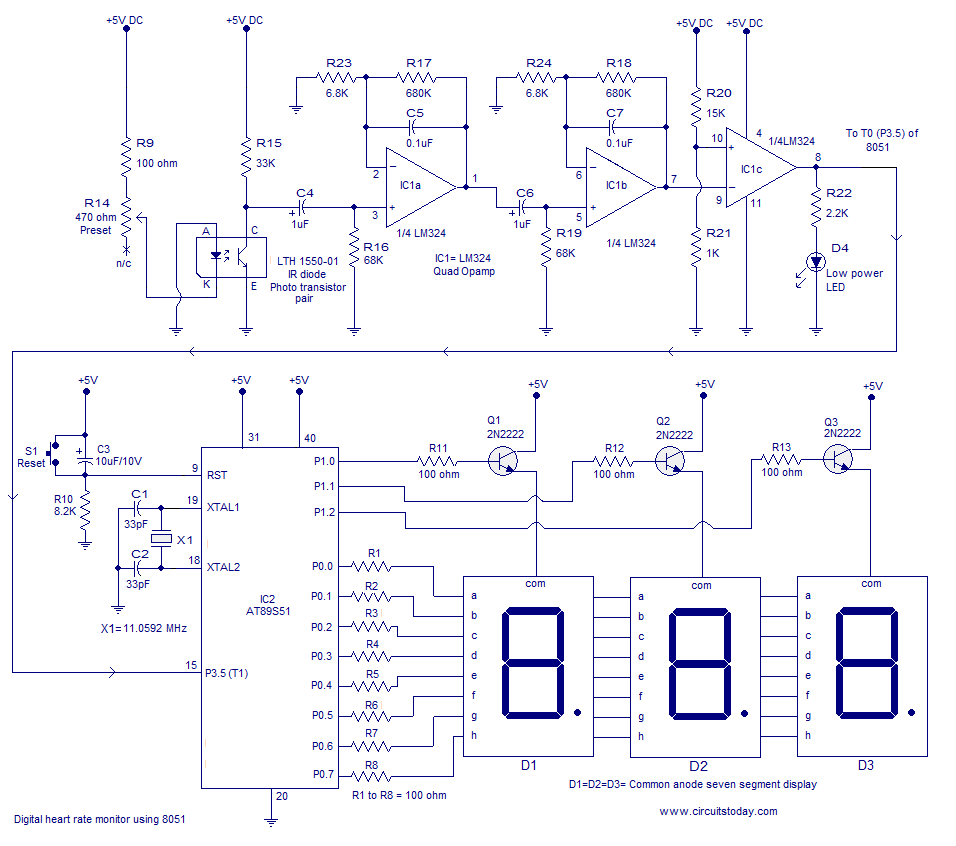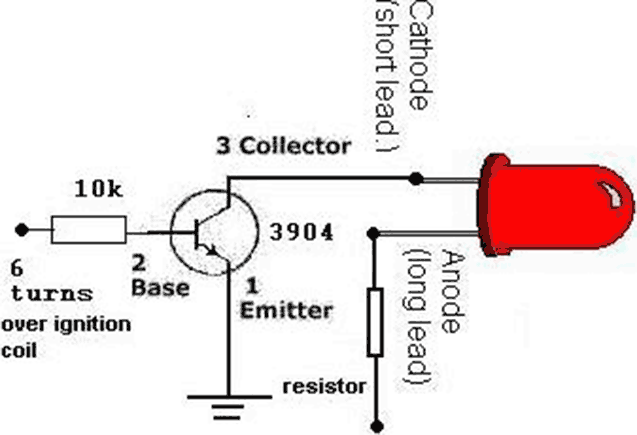
LED monitor for 12V Battery

A Very Simple circuit and some Variations. Play with it.
All parts are cheap and should be easily obtained. None are very critical.
The circuit in question is a basic electronic assembly designed for educational purposes and experimentation. It typically consists of fundamental components such as resistors, capacitors, diodes, and possibly a simple microcontroller or an operational amplifier, depending on the intended variations. The simplicity of the design allows for modifications and enhancements, making it an excellent platform for learning and prototyping.
The schematic may feature a power supply, which could be a battery or a DC power adapter, providing the necessary voltage and current for the circuit operation. The use of low-cost components ensures accessibility for hobbyists and students. For instance, a resistor can be used to limit current, a capacitor for filtering or timing applications, and a diode for rectification or protection against reverse polarity.
Variations of the circuit could include different configurations, such as changing resistor values to modify current flow or altering capacitor values to change timing characteristics in an RC circuit. Additional features could be incorporated, such as LED indicators for visual feedback or switches for user interaction.
This circuit serves as a foundation for various applications, including simple light control, audio signal processing, or basic sensor interfacing. The versatility of the components allows for numerous configurations, promoting creativity and practical understanding of basic electronic principles. Overall, this simple circuit exemplifies the core concepts of electronics and encourages experimentation with minimal investment.A Very Simple circuit and some Variations. Play with it. All parts are cheap and should be easily obtained. None are very critical. 🔗 External reference
All parts are cheap and should be easily obtained. None are very critical.
The circuit in question is a basic electronic assembly designed for educational purposes and experimentation. It typically consists of fundamental components such as resistors, capacitors, diodes, and possibly a simple microcontroller or an operational amplifier, depending on the intended variations. The simplicity of the design allows for modifications and enhancements, making it an excellent platform for learning and prototyping.
The schematic may feature a power supply, which could be a battery or a DC power adapter, providing the necessary voltage and current for the circuit operation. The use of low-cost components ensures accessibility for hobbyists and students. For instance, a resistor can be used to limit current, a capacitor for filtering or timing applications, and a diode for rectification or protection against reverse polarity.
Variations of the circuit could include different configurations, such as changing resistor values to modify current flow or altering capacitor values to change timing characteristics in an RC circuit. Additional features could be incorporated, such as LED indicators for visual feedback or switches for user interaction.
This circuit serves as a foundation for various applications, including simple light control, audio signal processing, or basic sensor interfacing. The versatility of the components allows for numerous configurations, promoting creativity and practical understanding of basic electronic principles. Overall, this simple circuit exemplifies the core concepts of electronics and encourages experimentation with minimal investment.A Very Simple circuit and some Variations. Play with it. All parts are cheap and should be easily obtained. None are very critical. 🔗 External reference





